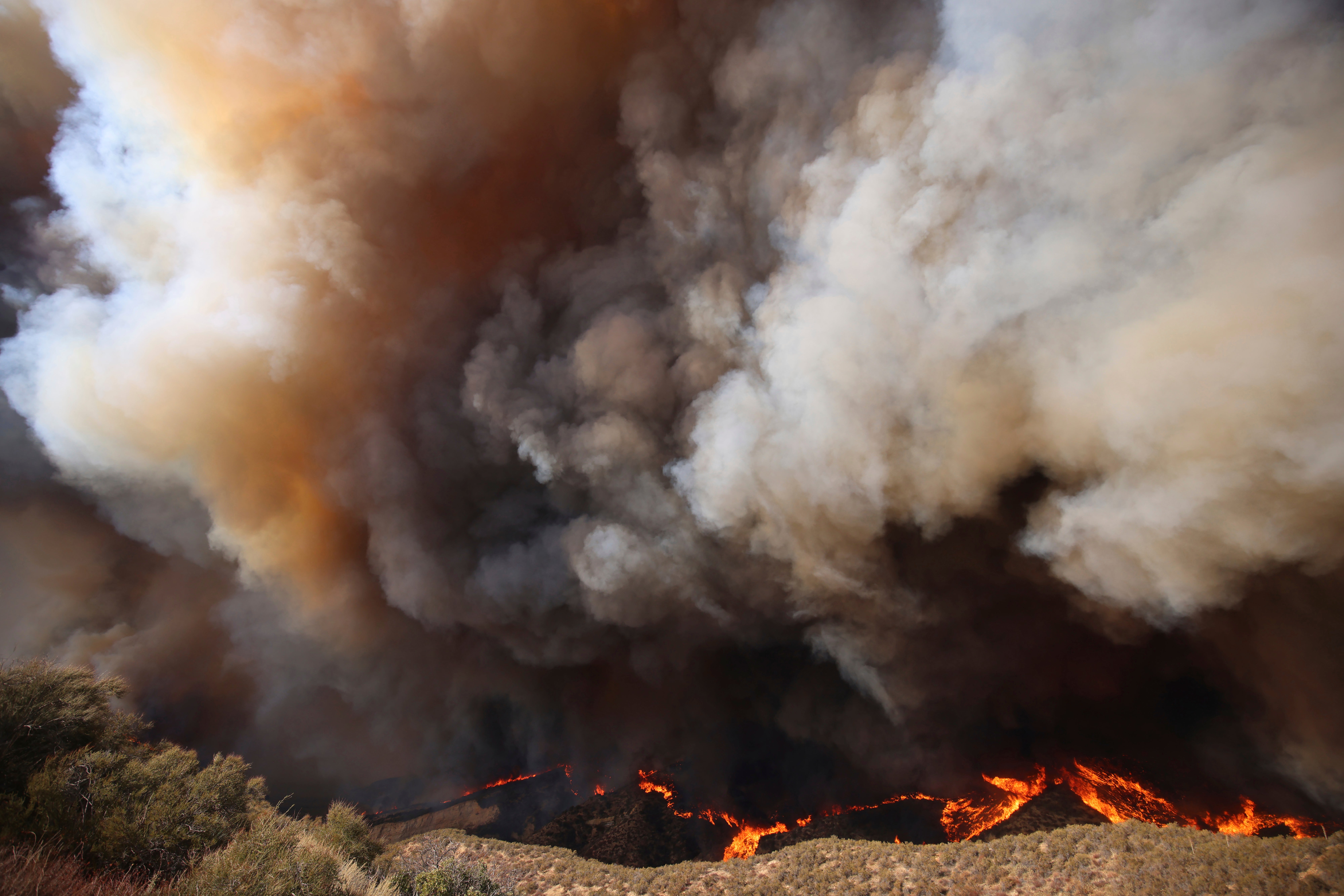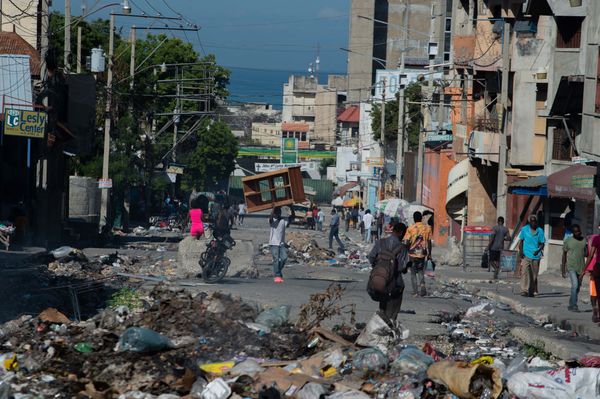The devastating wildfires that resulted in the deaths of 29 Californians this month were made more likely due to the impact of climate change, researchers said Tuesday.
The blazes were worsened by dried-out vegetation, low rainfall in the region and the overlap between drought conditions and hurricane-force Santa Ana winds, according to the group World Weather Attribution.
“Without a faster transition away from planet-heating fossil fuels, California will continue to get hotter, drier, and more flammable,” Dr. Clair Barnes, a researcher at England’s Imperial College London, said in a statement.
The international research published Tuesday found that the hot and dry conditions that drove the recent fires were about 35 percent more likely due to warming caused primarily by the burning of oil, gas and coal that releases atmosphere-warming greenhouse gases.
These tinderbox conditions will become 35 percent more likely with 2.6 degrees Celsius (4.7 degrees Fahrenheit) of global warming relative to preindustrial levels. Under recent pledges to take climate change, a United Nations report found that temperatures would still rise by that much or more by the year 2100.
After months without rain, Southern California finally saw downpours and snow this week. But, low rainfall between the months of October and December, the study said, is now about 2.4 times more likely compared to the preindustrial climate.
In addition, hotter temperatures are evaporating more moisture from plants, making them easier to burn.
“All the pieces were in place for a wildfire disaster – low rainfall, a build-up of tinder-dry vegetation, and strong winds,” Park Williams, a professor of geography at UCLA, explained.

To determine how climate change may have played a role in promoting the late-year fire weather, researchers combined weather data with climate models.
But the models did not perform well due partially to the small and mountainous study area and sparse rainfall, World Weather Attribution noted. They indicated that there was an influence on hot, dry and windy conditions, but did not show a significant impact on rainfall on the fire season’s end date.
Still, scientists said they were confident that climate change is an important driver of the changes, citing existing research and real-world data.
“In 2025, the choices facing world leaders remain the same – to drill and continue to burn oil, gas and coal and experience ever more dangerous weather, or transition to renewable energy for a safer and fairer world,” Dr. Friederike Otto, World Weather Attribution’s co-lead and Senior Lecturer in Climate Science at Imperial College London, said.







